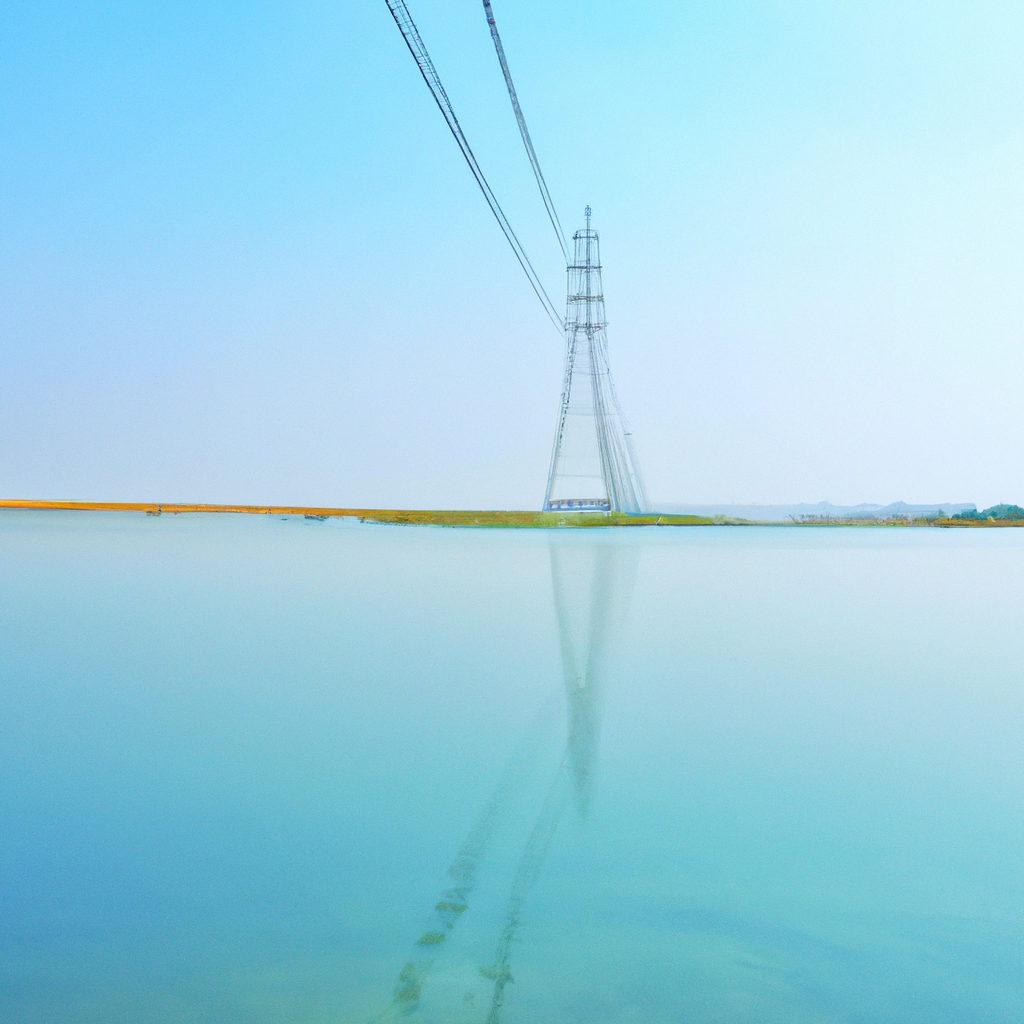As light dances off the reflections of a nearby body of water, the sound of rhythmic music echoes through the still night air. Welcome to Rhythmic Reflections, an immersive journey through the tranquil and creative landscape of music. Through the art of rhythm and sound, dancers and musicians alike can explore their own inner reflections. Follow our journey and discover the power of music, and how it can bind and uplift society.
1. Capturing the Beat: Exploring Rhythmic Reflections
Rhythmic reflections play an invaluable role in capturing the beat of a composer’s musical creation. They are the repetitions of a pattern played with a slight variation, like a wave echoing back and forth between two cliffs, inexorably drawing in the listener and challenging them to explore the depths of the music. Here are three key aspects of this type of music:
- Implied Structure: Many compositions feature an implied structure that is difficult to hear at first hearing. Shattering the boundaries between what is considered “normal” and going beyond traditional musical convention, rhythms in the form of patterns move beyond the surface to create an atmosphere of intrigue.
- Strange Melodic Patterns: Compositions featuring rhythmic reflections often explore strange melodic patterns that stay with the listener long after the music ends. Such patterns open up an alternate universe of tonalities and textures, offering a different perspective each time the music is heard.
- Unexpected Interpretations: With rhythmic reflections, each individual will take away something different. Listeners may be inspired to break out of their comfort zone and explore their creative side, while others may feel more moved upon discovering unexpected interpretations of these patterns.
As a creative tool, rhythmic reflections offer tremendous opportunities to explore new ideas and create compelling musical compositions. By challenging accepted rhythms and tempos, they give composers the freedom to find their own individual sound and identity through unique textures and unexpected patterns.
In the quest to capture the beat, exploring rhythmic reflections is a bold step in the right direction. By combining eerie melodic passages, connecting with the emotional core of the music, and embracing the inevitable changes each performance brings, listeners can create a deep and meaningful connection with their music.

2. Radiating the Soul: An Emotion Embodied Through Rhythm
Music has often been said to be the connecting fabric between the physical and spiritual realm; a language unbounded by cultural and institutional walls. In this regard, rhythm can be said to be its language; often leading us as dancers on journeys that bewitch the soul.
Radiating the soul can be a physical, emotional and mental experience, capturing emotion through motion. It can be experienced in a variety of ways, while all connected. Here are a few ways of capturing emotion through rhythm:
- Embodying the Beat: Letting the rhythm take hold of your body, and putting emotion into each beat that moves through you.
- Feel the Music: Letting the music move you in time and motion, allowing the vibrations in your soul to become one with the beat.
- Play It Out: Drawing on your individual experiences to infuse each beat with stories and personal tales.
A good dancer can be said to be able to tap into the emotions experienced in each moment. No one performance will be the same; allowing room for channeling the individual’s self-expression. When the dancer’s energy exceeds their boundaries, they become one with the beat. We can use this as an outlet to release that which is being held in our bodies.
We allow our individual power to traverse through the rhythm. With the added perks of bodily movement, we can look to rhythm as an agent of personal transformation. There is something in it that allows us to be in the here and now, to be the storytellers of our own journey — and to give ourselves permission to be just that.
3. Keeping Time: Celebrating the Unity of Movement and Music
From the timeless grace of a ballroom waltz to the energetic frenzy of a hip-hop dance, movement and music are inextricably linked. The fluid motion of human bodies weaving together in intricate patterns and the power of sound working as a harmony – they come together to create moments of beauty and expression.
As the age-old relationship of movement and music continues to evolve, so too does its celebration. Making use of technology, dancers and musicians have now opened up a whole range of possibilities, allowing them to blend, manipulate, and create masterpieces that cross centuries and cultures.
Here are just some of the ways that today’s modern world is embracing the unity of music and motion:
- Freestyle Battles – Crowds gather together to witness beats being met by beats and complex choreography.
- Projections – Dancers come alive with light across the stage, creating an ineffable blend of music and imagery.
- Interactive Apps – With the rise of accessible technology, large-scale events and small-time competitions have gone digital.
Every day, we’re seeing new and amazing ways of celebrating movement and music, testifying to its remarkable power to bring people together. For those who take part and those who take pleasure, there’s no mistaking that these are truly captivating moments, cementing their lasting place in the world.
4. Utilizing the Art of Verse: Breathing Life into Rhythmic Reflections
Adding Rhythms to Reflection
Essays and blog posts often rely on the use of imagery to draw readers in and make them feel connected to the writing. When these words roll off the tongue, they can even inspire a tune — and by adding layers of sounds and rhythms to words, the impact of the writing increases and expands its scope.
This is the beauty of verse and the art of poetic writing. Even simple rhymes lend a pleasing feeling to the writing, and they keep the readers attention while conveying any message. A rhythmic flow can deepen the reader’s experience and bring mystery and power to the words.
Many writers rely solely on language to express their thoughts, but for an even more powerful impact, combining visuals with rhythms and sound elevates the writing to another level. Whether it’s a screenwriting, songwriting, screenplay, or novel, rhyming in the lines makes for an engaging and enjoyable experience, like a rhythm that dances on the page. So with this in mind, let’s look at how to go about writing poems that are rhythmic reflections of life.
- Start with an Observable Experience
- Choose a Meter That Matches the Context
- Harmonize Your Words with the Metre
- Connect Ideas in Stereo
- Consider an Alexandrine Pattern
- Play with Internally Rhyming Haikus
An artist needs to feel and understand what they are writing down, but if there are no basic rhythms there, it will fail in conveying emotion. The music of an era, a tale of a serpentine river, an insight into the struggles of freedom — all these can enable a writer to create a unique piece of work.
Rhythmic verse can lend an edge to writing that standard language cannot offer. Rhyming poetic reflections can open a doorway to the imagination and add unique perspectives to life. For any writer’s poetry, these rhythms and sounds in language help create a cinematic experience for the reader that can open their minds and hearts even wider.
Finally, Rhythmic Reflections has proven to be an exhilarating exploration of the creative power of music and its innovative influence on today’s culture. May the beat of your own rhythms lead you to your own creative successes.
